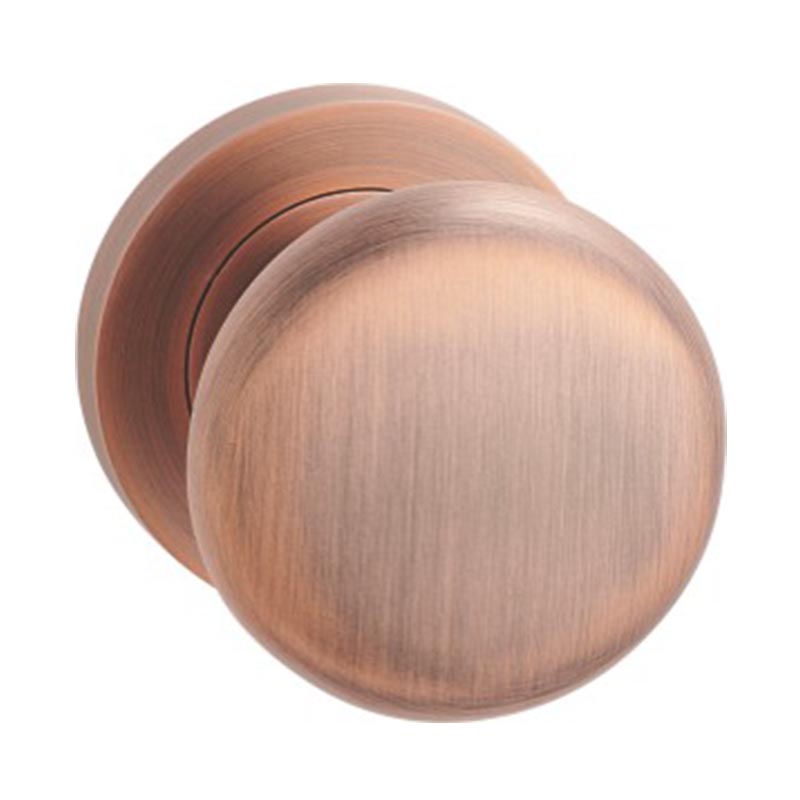Introduction to Invisible Door Locks and Traditional Locks
Invisible door locks have emerged as a modern alternative to traditional door locking mechanisms, offering a hidden design that integrates seamlessly into doors and frames. Traditional locks, including deadbolts and mortise locks, have long been the standard for residential and commercial security due to their proven reliability and ease of use. This article explores the comparative strengths and weaknesses of it and traditional locks to help users make informed security choices based on their needs.

Advantages of Invisible Door Locks
One of the main advantages of invisible door locks is their discretion. Because these locks are concealed within the door structure, they are difficult for intruders to detect, reducing the risk of tampering or forced entry attempts. This stealth factor is a significant security benefit as it denies potential burglars a visible target to manipulate. Additionally, many invisible door locks incorporate advanced technology such as biometric access, remote control, and integration with smart home systems, which enhances convenience and security simultaneously. The absence of external keyholes also eliminates vulnerabilities to lock picking and bumping, common issues with traditional locks.
Disadvantages of Invisible Door Locks
Despite these benefits, invisible door locks come with certain limitations. Their installation is often more complex and may require professional expertise to ensure proper integration into the door and frame. This can increase initial costs and complicate repairs or replacements. Because they rely heavily on the door’s structural integrity, any weakness in the door or frame may compromise the lock’s effectiveness. In emergencies, the concealed nature of these locks might pose challenges for quick access, especially for users unfamiliar with the system or if power outages affect electronic models. Maintenance and troubleshooting can also be more complicated due to the lack of visible components.
Advantages of Traditional Door Locks
Traditional door locks are widely appreciated for their simplicity, reliability, and ease of installation. They are generally more affordable upfront and easier to replace or upgrade without extensive modifications to the door structure. The familiarity of their operation and key systems means users can access and secure doors quickly under any circumstances, including emergencies. Many traditional locks also offer robust mechanical security features and come in a variety of grades to suit different security needs. Their visible presence can act as a deterrent to casual intruders and vandalism.
Disadvantages of Traditional Door Locks
However, traditional locks also have vulnerabilities. Visible keyholes and lock mechanisms make them targets for lock picking, bumping, or drilling, especially if lower-quality locks are used. Their external hardware can be forcibly removed or tampered with, reducing overall security. Traditional locks often lack integration with modern smart technologies unless paired with additional devices, limiting convenience and remote monitoring capabilities. Furthermore, wear and tear on external components can cause operational issues if not regularly maintained.
Conclusion
Invisible door locks offer a high level of security through concealment and advanced technological features, making them attractive for modern, tech-savvy users seeking discreet protection. Nevertheless, their installation complexity, dependency on door integrity, and potential accessibility challenges are important considerations. Traditional door locks remain a dependable, cost-effective option favored for their ease of use and straightforward maintenance, though they may be more vulnerable to common forced entry methods. Ultimately, the choice between invisible and traditional door locks depends on individual security priorities, budget, and desired balance between convenience and protection.